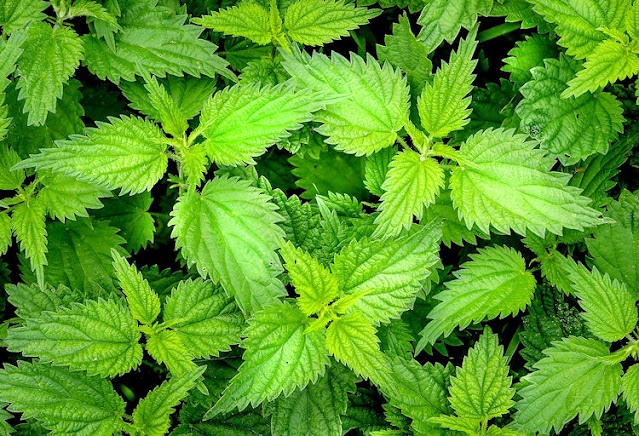 Article © Debs Cook
Article © Debs Cook
Image by klimkin
One of Mother Nature’s blood purifiers, nettles make a valuable spring tonic after the winter, and have been used as a remedy for iron deficient anaemia for centuries (see a previous article for a tasty recipe for a nettle based iron tonic), due to the fact that they contain iron and their vitamin C content helps to ensure that the iron they contain is properly absorbed. As this is the time of year that young nettles start to appear, I thought I’d share a few more interesting facts about Nettles.
Nettles have antispasmodic, antiseptic, bitter, diuretic, expectorant, hemostatic, and vermifuge properties and have been used to treat a variety of conditions in folk medicine including bronchitis, jaundice, haemorrhoids and ulcers. Fresh stems of nettle were once used to thrash the skin of people suffering from rheumatic pains, thrashing the skin releasing chemicals such as histamine and formic acid into the skin which induce a stinging, burning sensation which is used to relieve the deeper pain of rheumatism.
Nettle leaves can be used to produce a range green coloured permanent dyes depending on the mordant used for woollen stuffs and even for adding as a food colouring. The roots if boiled with a mordant of alum produce a yellow coloured dye.
The herb has been used to help stimulate the growth of the hair and been an ingredient in hair tonics for centuries. The silica contained in the plant helped to strengthen brittle hair and improve the condition of weak hair follicles. Nettles have also been used to combat dandruff, and improve the condition of the scalp, they have been credited with making the hair thicker and shinier. Make a tea or decoction and use it in the final rinsing water or better still make your own nettle shampoo!
In the spring, usually around April time hay fever and allergy season begins, taking nettle as a tincture, an infusion or as a tea may reduce the symptoms of hay fever, such as itchy eyes and sneezing. Nettles contain a natural source of quercetin, a plant-based flavonoid which helps to support the body's natural response to allergens and inhibits histamine production – histamine is the substance produced by the body that causes allergy related sneezing, itching, and respiratory problems.
Did you know that the colour of Nettle tea depends on the pH and acidity of the water used to make it? The more alkaline the water used to make the nettle beverage, the darker green it will be. If the water used is more acidic pH 3 – 0, then the beverage will change in colour to a light pink. You can try it out for yourself if your water is more alkaline by adding a slice of lemon to the drink and watch it change from green to pink!
Disclaimer: Whilst every effort has been made to source the most up to date and accurate information, we cannot guarantee that remedies in our articles are effective, when in doubt, consult your GP or a qualified Medicinal Herbalist. Remember also that herbal remedies can be dangerous under certain circumstances therefore you should always seek medical advice before self-treating with a homemade remedy, especially if you are pregnant, breast feeding or suffer from any known illness which could be adversely affected by self-treatment.
